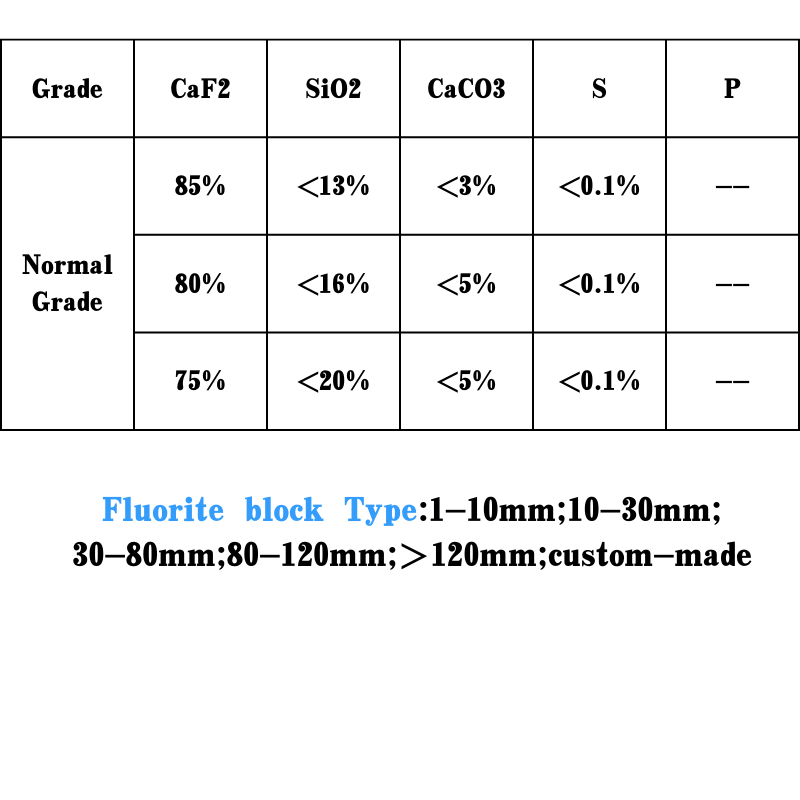
Understanding the Properties and Applications of Volcanic Pumice in Construction and Landscaping
Understanding Volcanic Pumice Nature's Unique Glass
Volcanic pumice is a fascinating natural material that plays a significant role in various ecological and industrial processes. Formed from the explosive eruption of volcanic lava that cools quickly, pumice is characterized by its lightweight, porous structure, making it a unique rock with numerous applications.
Pumice originates from a volcanic eruption when gas trapped in molten rock expands rapidly, causing bubbles to form and creating a frothy, glass-like substance. As the lava cools and solidifies, these bubbles are preserved, resulting in a rock full of holes and a low density that often allows pumice to float on water. This distinctive feature sets pumice apart from other volcanic rocks, such as basalt, which is dense and heavy.
In addition to its geological importance, pumice has several practical uses. Due to its abrasive properties, it has been historically utilized in the production of various cleaning and grooming products. Pumice stones, which are small blocks of pumice, are widely used in personal care for exfoliating skin, removing calluses, and even in dental hygiene for polishing teeth. The fine powder produced from ground pumice is incorporated into soaps and cosmetics, enhancing texture and providing mild abrasiveness.
In the construction industry, pumice is increasingly recognized for its lightweight and insulating properties. Pumice aggregate is often used in concrete production, resulting in structures that have a lower weight, improved insulation, and enhanced fire resistance. This makes pumice-infused concrete a preferred choice in building environmentally friendly and energy-efficient buildings.
volcanic pumice

Furthermore, the horticultural industry benefits from pumice, as it serves as an excellent growing medium. Its porosity allows for optimal airflow and moisture retention in soil, providing an ideal environment for plant roots. Pumice is often mixed with potting soils, aiding in drainage and preventing compaction. This combination is particularly beneficial for succulent and cactus cultivation, where root rot is a concern due to excessive moisture.
The ecological significance of volcanic pumice extends beyond its physical properties. In nature, pumice can support the establishment of new ecosystems in the aftermath of volcanic eruptions. As pumice floats on water, it can be carried to distant shores, where it acts as a substrate for colonizing plants and organisms. Over time, this can lead to the regeneration of a thriving ecosystem on what was once barren land.
Despite its many benefits, the extraction and use of pumice must be balanced with environmental conservation. Some regions with abundant pumice deposits face the risk of over-exploitation, which can lead to ecological disruption. Sustainable practices, such as regulated mining and rehabilitation of extraction sites, are crucial to ensure that pumice can continue to be sourced without harming the environment.
In conclusion, volcanic pumice is a remarkable material with a diverse range of applications across various fields. From personal care to construction, and even to ecological restoration, pumice demonstrates the intricate connections between geology and human innovation. As we continue to explore and utilize this unique volcanic rock, it is essential to do so with an awareness of sustainability and environmental responsibility, ensuring that future generations can benefit from the gifts of nature.
Share
-
Premium Pigment Supplier Custom Solutions & Bulk OrdersNewsMay.30,2025
-
Top China Slag Fly Ash Manufacturer OEM Factory SolutionsNewsMay.30,2025
-
Natural Lava Rock & Pumice for Landscaping Durable Volcanic SolutionsNewsMay.30,2025
-
Custom Micro Silica Fume Powder Manufacturers High-Purity SolutionsNewsMay.29,2025
-
Custom Mica Powder Pigment Manufacturers Vibrant Colors & Bulk OrdersNewsMay.29,2025
-
Custom Micro Silica Fume Powder Manufacturers Premium QualityNewsMay.29,2025






